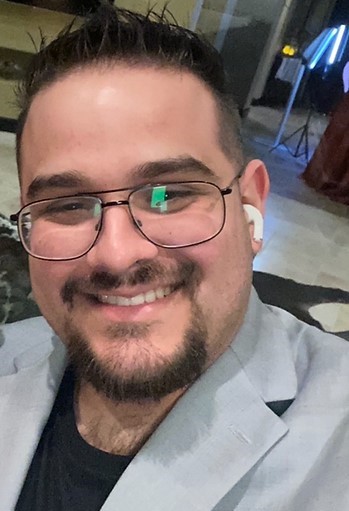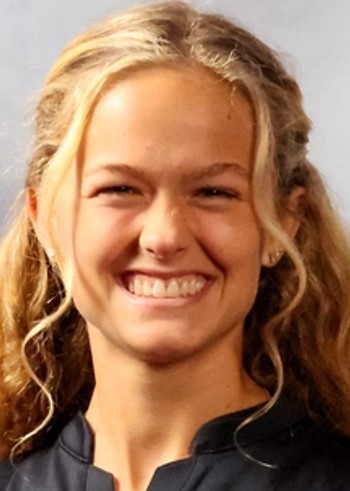Former DSP Scholars
Want to learn more about the sort of projects DSP supports? Check out some of our recent scholars for inspiration!

Marko Hernandez
Marko seeks to better understand the prioritized attentional processing that the human visual system affords to stimuli that are threatening (e.g., snakes, guns). He is also exploring the “low prevalence effect,” which is the finding that ... (during visual search) items that are rare are missed disproportionately often relative to items that are more common. This project began with the question “Does the prioritization of threatening items afford protection against prevalence effects?” To explore this question, he had people conduct visual search looking for threatening items (snakes) or nonthreatening items (rabbits). After finding unexpected results (i.e., threats were actually found less often and more slowly), he replicated those findings and added two conditions: search targets that look similar to snakes but are nonthreatening (caterpillars) and search targets that elicit emotion (disgust) but not fear (roaches).

Janelle Hernandez
Medical image analysis requires detection of ill-specified deformities, a skill that requires considerable training. After medical school/residency, radiologists must retain their skills and transfer them across screenings. Participants ... in this semi-longitudinal study used one of four perceptual learning methods to train anomaly detection during weeks 1-3. Following a 2-week break, participants completed a skill retention test and then a transfer task. Training was assessed via performance on simple search arrays and complex scenes. Performance enhancements were near-universally retained over time, and few performance decrements were observed on altered stimuli, indicating that anomaly detection skills can be retained over time.

Emily Stutesman
Detecting anomalies within medical images is critical to routine/emergency medicine. Here, we used a semi-longitudinal approach to investigate four perceptual learning methods for training a laboratory analogue of medical image analysis. In ... weeks 1-3, participants developed skills using one of the learning methods. Weeks 4-5 were “off weeks,” followed by a skill retention test in week 6 and a skills transfer task in week 7. Training was assessed via performance on simple search arrays and complex scenes. Performance increased steadily over time, for both target detection and exhaustive searches, indicating that anomaly detection can effectively be trained via practice.
María Belem Mendoza
María Belem Mendoza is a 4th year undergraduate student at NMSU, double majoring in English and Gender & Sexuality Studies. Originally from Chihuahua, Mexico, she moved to the U.S. to continue her studies in ... literature. Her interests and research mostly focus on the intersection between literature, gender, and activism around the U.S.-Mexico border region. Her research paper “Femicides: Gender Violence in Mexico” was published in NMSU’s interdisciplinary undergraduate journal, The Agora. Her paper discusses femicides and gender violence in Mexico as a systematic problem by borrowing from her activism and lived experiences in Mexico. For her DSP project, María will be participating in the Fuerza Feminista: Intimate Recovery and Memory Archive (FFIRMA), a project that documents, contextualizes, and makes digitally accessible the activism and participation of the first feminist and anti-feminicide local movements in Ciudad Juarez and Chihuahua from the late 1990s to the early 2010s. María will conduct archival research on the topic of disappearances and feminicides.

Mayte Alonso
The possible distinction between vigilance and sustained attention has yet to be fully identified. Mayte’s project uses pupillometry to explore the difference in pupil dilation between these two types of attention. To test ... this, the Active (A-MOT) and Passive Multiple Object Tracking (P-MOT) paradigms are utilized. The A-MOT task is a traditional multiple-object tracking task where participants are told to track specific target objects, identified at the start of the trial, requiring sustained cognitive engagement. In the P-MOT task, participants must remain alert to all the objects, as the targets are revealed only at the end of the trail, requiring continuous vigilance, but involving lower cognitive demand overall. By measuring pupil dilation as a proxy for cognitive effort, this study aims to compare dilation across different time points and conditions to provide new insights into the categorization of various forms of sustained attention.